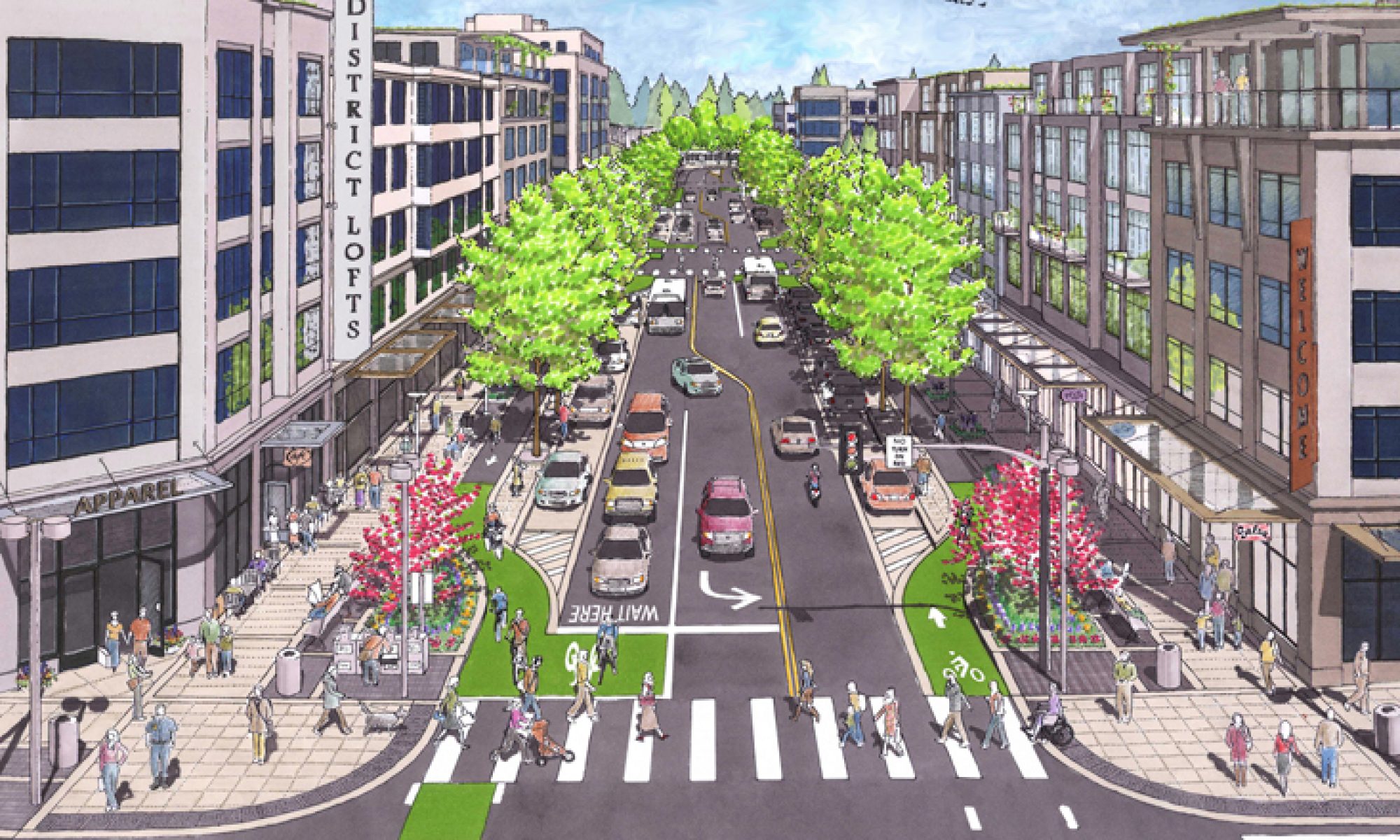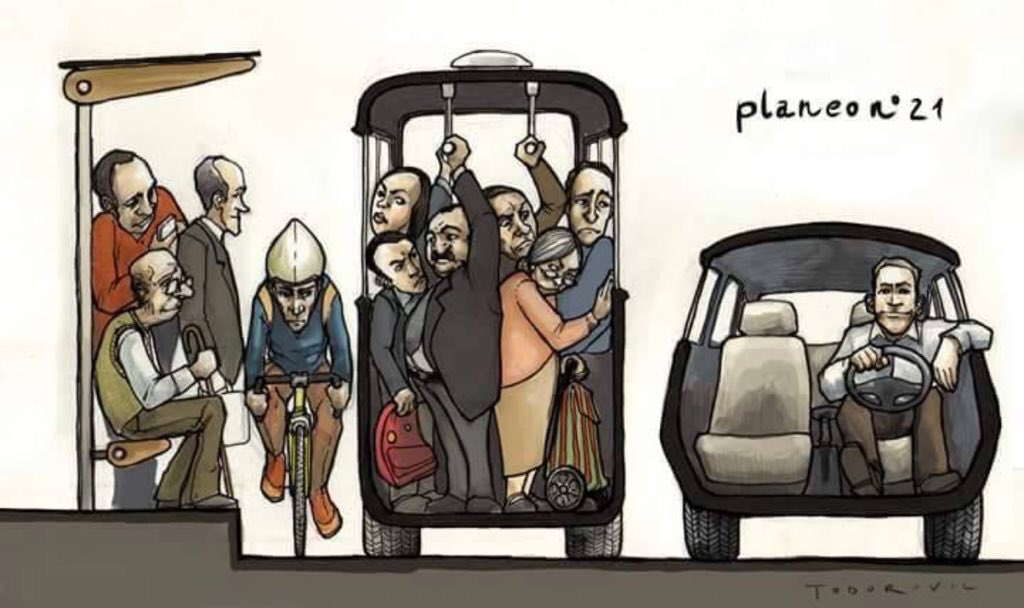A big win for NJ Bike and Walk Coalition! Congratulations to Cyndi Steiner, Executive Director of NJ Bike & Walk Coalition and Paul Steely White, Executive Director of Transportation Alternatives. (Note-Doug McQueen and Polli Schildge of APCSC were invited by Cyndi Steiner to participate on a panel at the NJ Bike and Walk Summit with Paul Steely White. Very much looking forward to this opportunity!)
“At the request of Transportation Alternatives and the New Jersey Bike & Walk Coalition, the Port Authority released a plan in 2014 to route pedestrians and cyclists onto separate sides of the bridge (walkers on the south side, cyclists on the north), replace the north path stairs with ramps, and eliminate a hairpin turn on the south path. The advocates also won continuous pedestrian and bike access throughout the construction period, expected to last seven years.”
https://www.transalt.org/news/releases/7433



 New Repuvlic
New Repuvlic




